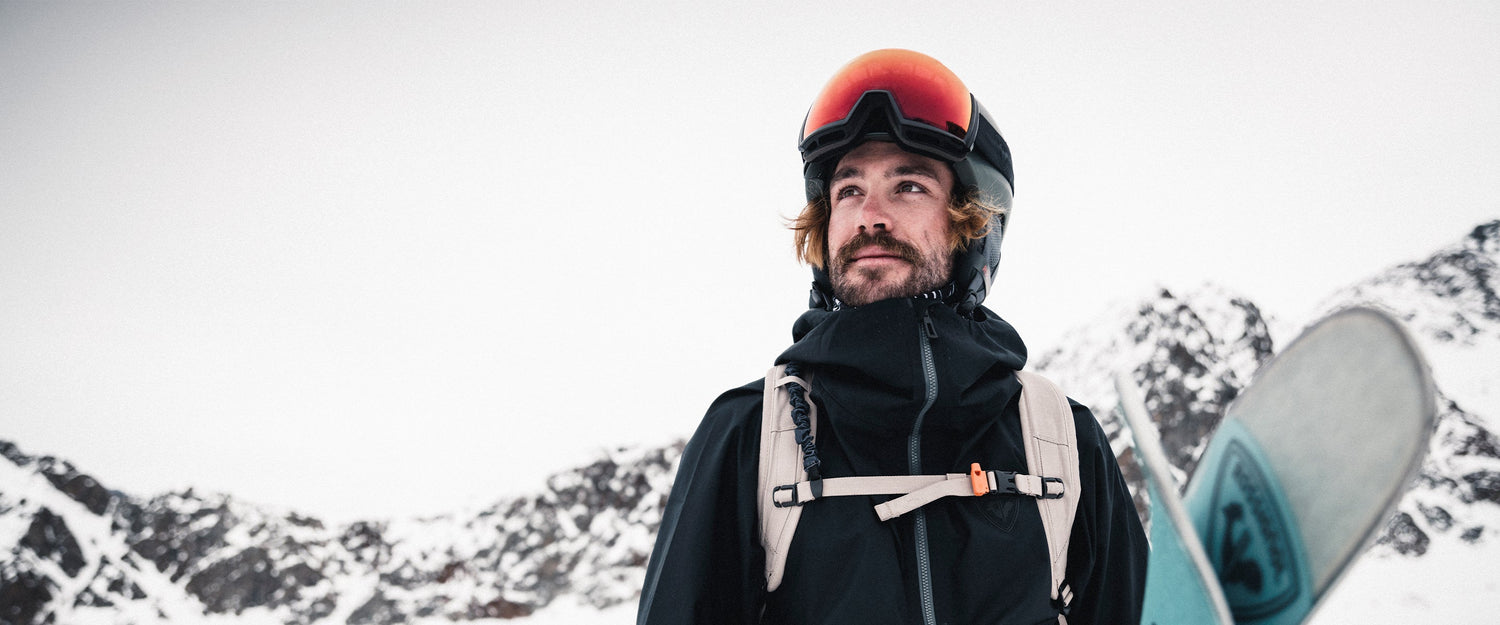1. Les types de casques
Les casques ont pour mission de protéger la tête contre les impacts lors des chutes. Que ce soit pour la pratique du ski alpin ou de la planche à neige, les constructions sont les mêmes. Toutefois, il existe différents types de casques selon la discipline.
- Casque de ski de piste : Très polyvalent, adapté à tous les styles et budgets.
- Casque de ski freeride : Pour le freeride, optez pour un casque de ski avec une bonne ventilation et parfois certaines caractéristiques propices au hors-piste, comme le système RECCO.
- Casque de ski freestyle : Des modèles de casques avec un peu plus de style!
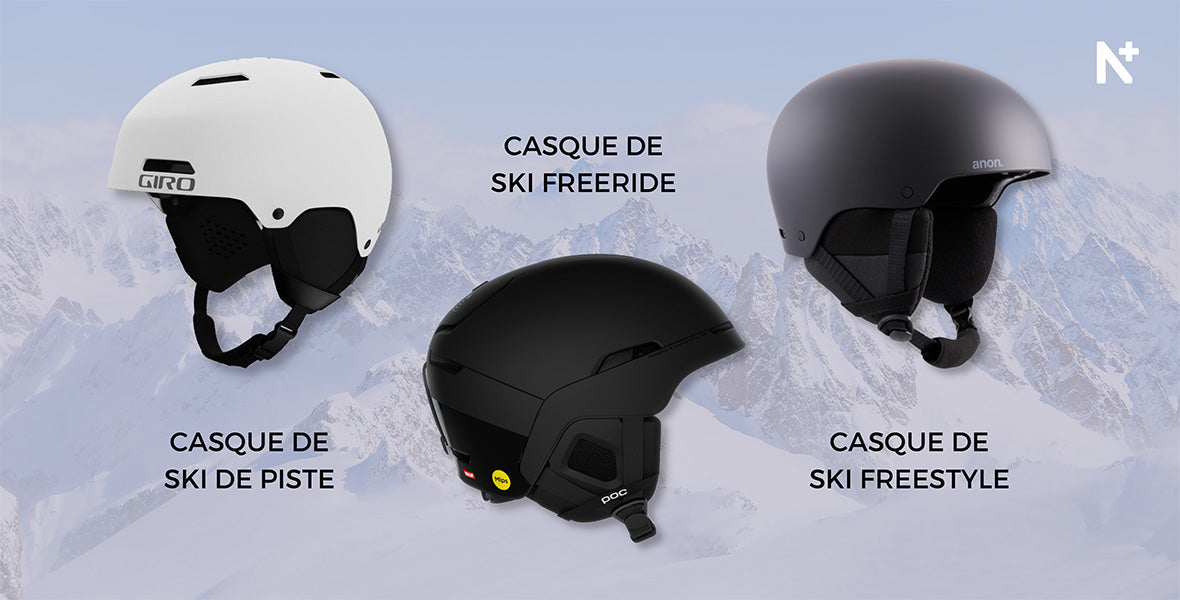
- Casque à visière intégrée : Ce type de casque est idéal pour les personnes qui doivent porter leurs lunettes de vue pour skier. Le casque est équipé d’une visière, donc d’une lentille de lunette de ski alpin, qui peut être montée ou descendue selon le besoin. Il existe différentes lentilles – parfois interchangeables et même photochromiques, selon la marque.
Le casque à visière est idéal pour les skieurs de piste ou les enfants, car il leur évite la gestion des lunettes de ski.
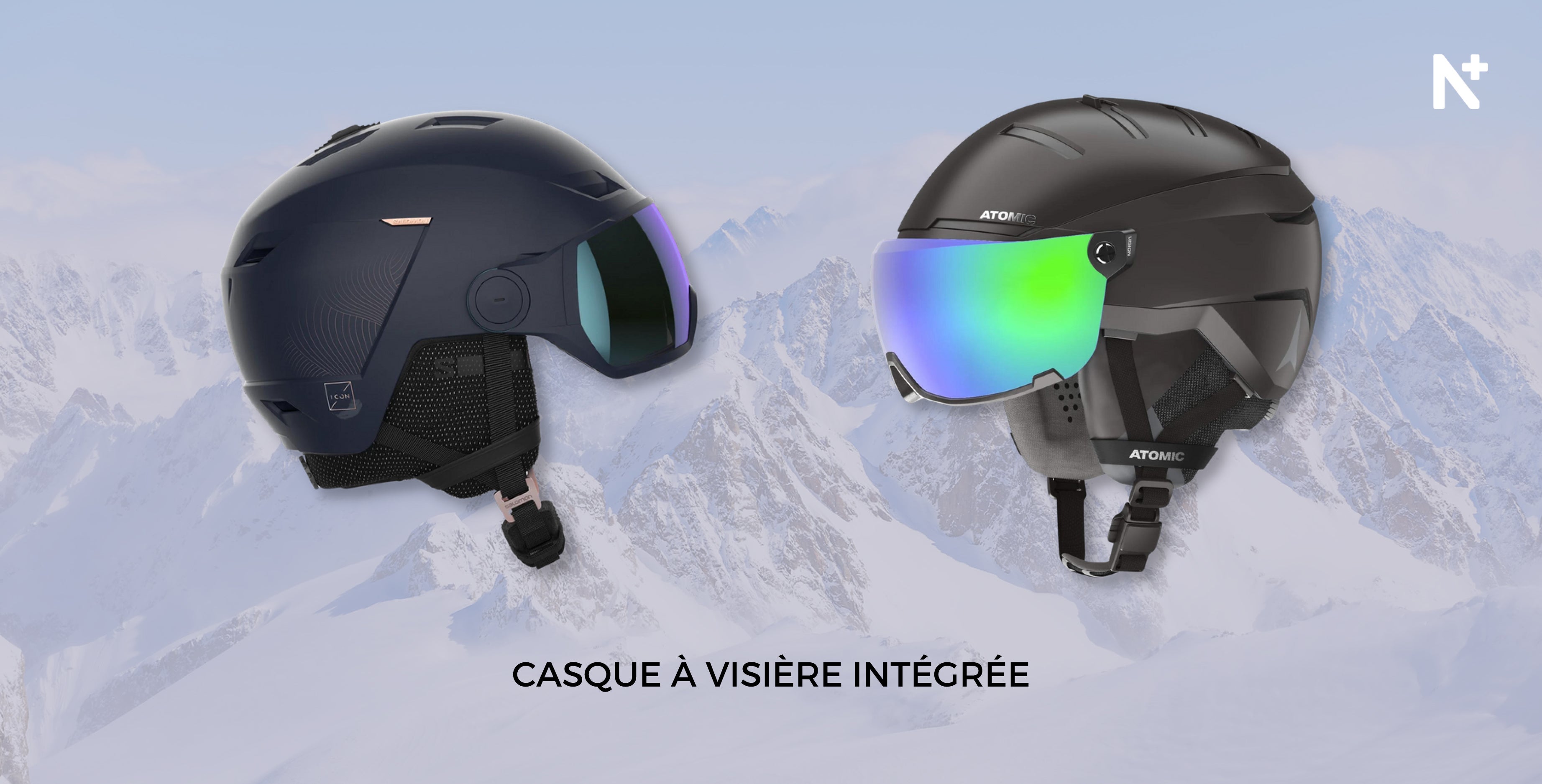
- Casque pour le touring : Le casque de ski de touring est très léger et ventilé. Certains modèles possèdent la norme de sécurité pour l’escalade et l’alpinisme.

- Casque de compétition : Le casque de compétition est conçu pour être plus aérodynamique. Il existe différentes caractéristiques de casques de ski de compétition qui sont adaptées à la discipline.
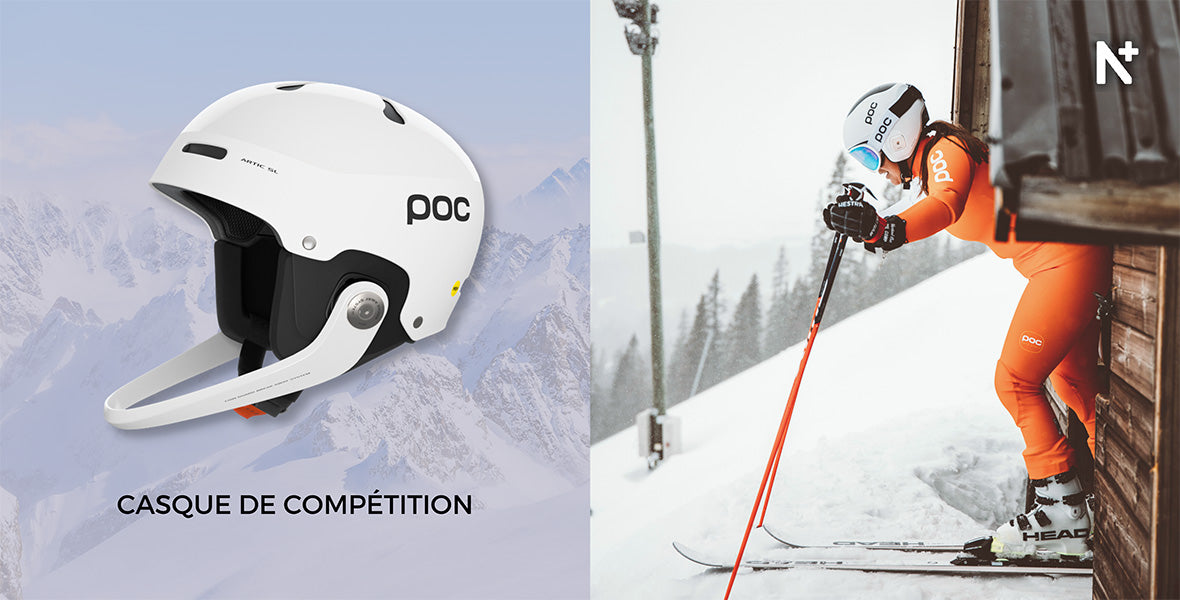
De plus, les casques de ski sont généralement classés par catégories :
- Casques de ski pour hommes
- Casques de ski pour femmes
- Casques de ski pour adultes ou unisexes
- Casques de ski pour enfants
2. Quelle taille de casque de ski choisir?
Afin de trouver la taille idéale, il est primordial de mesurer la circonférence de la tête, en centimètres.
Comment mesurer la grandeur de votre tête pour déterminer la bonne taille de casque de ski ? Utilisez un ruban à mesurer souple, placez-le au milieu de votre front et faites le tour de votre tête. Le résultat varie généralement entre 48 et 65 cm pour les adultes et 48 à 56 cm pour les enfants.
Ensuite, trouvez simplement la taille de casque de ski qui correspond à la circonférence obtenue : très petite, petite, moyenne, grande ou très grande. Il est important de savoir que la circonférence associée à la taille varie d’une compagnie à l’autre.
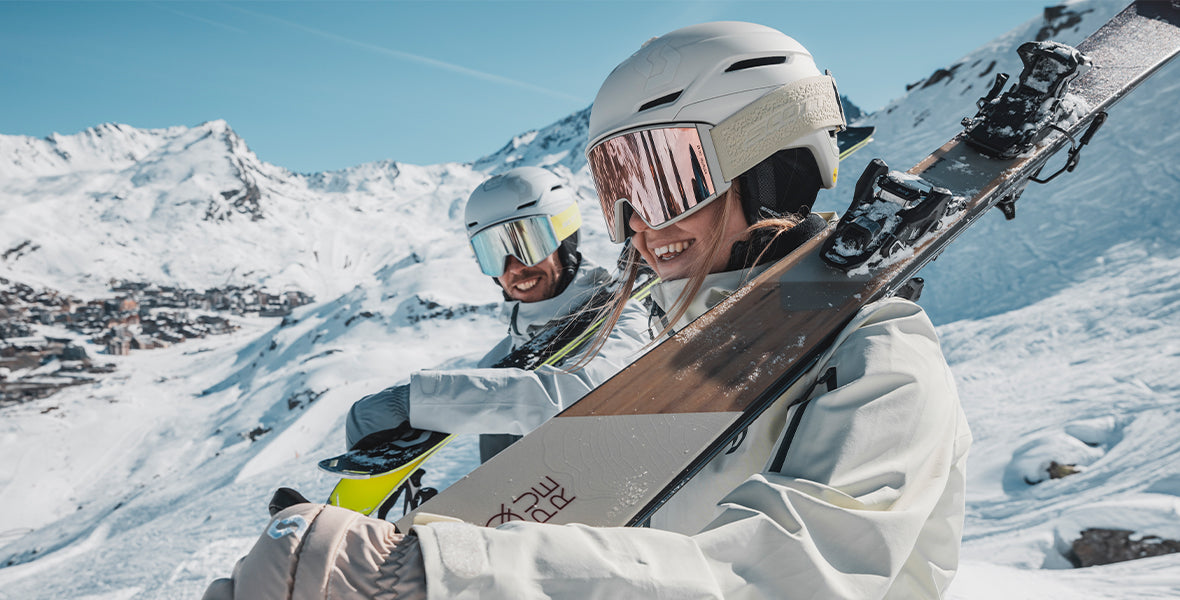
3. Quoi porter sous un casque de ski alpin?
Il n’y a pas de bonne ou de mauvaise réponse, tout est une question de confort. Toutefois, la tuque mince ou la cagoule de type balaclava est de mise sous un casque de ski. Si vous préférez porter une tuque plus épaisse, apportez-la avec vous pour faire l’essai d’un nouveau casque, car ce que vous porterez influencera l’ajustement.
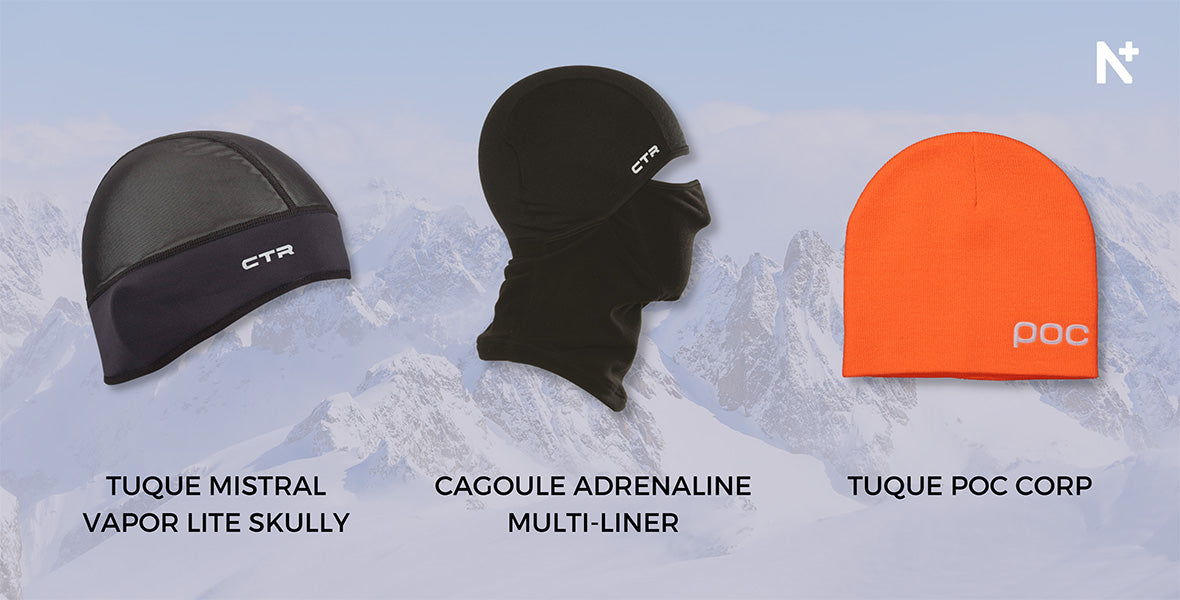
4. La construction des casques de ski
Une caractéristique très importante et parfois mise de côté est le poids du casque. Pourquoi ajouter du poids lorsque l’objectif est de passer de longues et agréables journées à la montagne ? Le poids est influencé par les matériaux utilisés lors de la conception.
- Coque en ABS : Ces casques sont conçus avec une coque en plastique dur ABS avec une mousse de protection EPS collée. Ils sont très résistants, mais sont plus lourds. Les casques de ski avec coque ABS offrent un excellent rapport qualité-prix.
- Casque In-Mold : Cette construction plus légère et compacte est conçue à partir de plastique plus fin qui est directement moulé sur la mousse EPS.
- Casque Hybride : Une construction qui combine la coque ABS sur la partie supérieure du casque et la construction In-Mold sur l’inférieure. Ces casques offrent un excellent ratio poids-résistance.
- Doublure du casque : La doublure coussinée du casque n’ajoute pas nécessairement de poids au casque, mais est un facteur de confort. Les doublures sont parfois amovibles afin d’être lavées.
- Technologie MIPS : Cette technologie a été développée pour assurer une protection contre certains types d’impacts, dont ceux créés par les mouvements de rotation de la tête dans le casque lors des chutes.
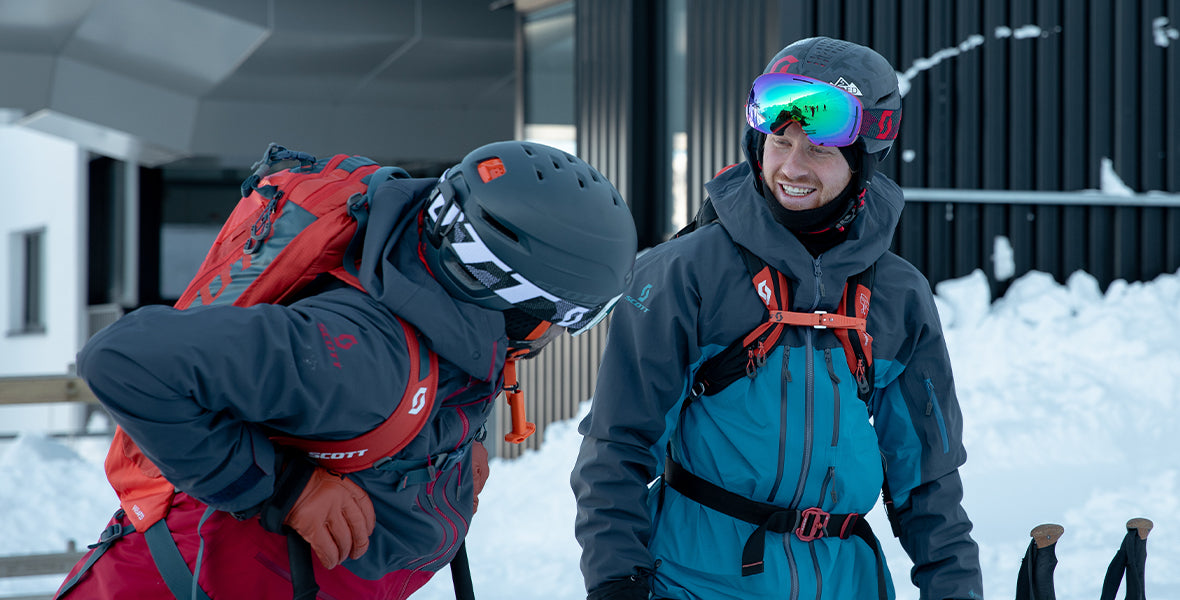
5. Fonctionnalités modernes à considérer
Lors de l’achat d’un casque de ski, voici quelques caractéristiques avancées à considérer. Elles peuvent améliorer votre sécurité, confort et expérience globale sur les pistes.
- Compatibilité Bluetooth : les systèmes Bluetooth vous permettent d’écouter de la musique en skiant ou de répondre à des appels à même le télésiège.
- Supports de caméra : revivez vos descentes épiques ou partagez vos aventures avec vos amis en optant pour un casque équipé d’un support de caméra.
- Certification multinorme : pour ceux qui pratiquent le ski, le vélo et l’escalade, un casque certifié pour plusieurs sports est un choix polyvalent qui libère de l’espace dans votre placard tout en étant économique.
- Capteurs de sécurité : certains casques intègrent désormais des capteurs d’impacts qui peuvent alerter vos contacts d’urgence en cas de choc important. Ils sont particulièrement utiles pour garder un œil sur les jeunes skieurs. Certains modèles peuvent également vous rappeler quand il est temps de remplacer votre casque.
6. Comment ajuster son casque de ski alpin?
La plupart des casques possèdent un système d’ajustement se trouvant derrière la nuque, généralement assuré par une molette.
Il est essentiel, lorsque vous essayerez le casque, qu’il soit positionné à la moitié du front. S’il est plus haut, il ne protègera pas adéquatement et s’il est plus bas, vous n’aurez pas suffisamment d’espace pour votre lunette de ski.
- Étape 1 : Mettez le casque sur votre tête afin qu’il soit stable. Il ne doit ni tomber sur le front, ni sur la nuque lorsque vous bougez légèrement la tête.
- Étape 2 : Serrez la molette pour être confortable, sans ressentir d’inconfort.
- Étape 3 : Ajustez la courroie d’attache du casque afin qu’il reste bien en place lorsque vous bougez la tête. Vous devriez pouvoir glisser un doigt entre votre menton et la courroie.
Il est possible, malgré la bonne taille, que des points de pression soient ressentis. À ce moment-là, il est conseillé de changer de modèle ou de compagnie, car la forme de la coquille ne vous convient probablement pas : elle est soit trop ronde, soit trop allongée.
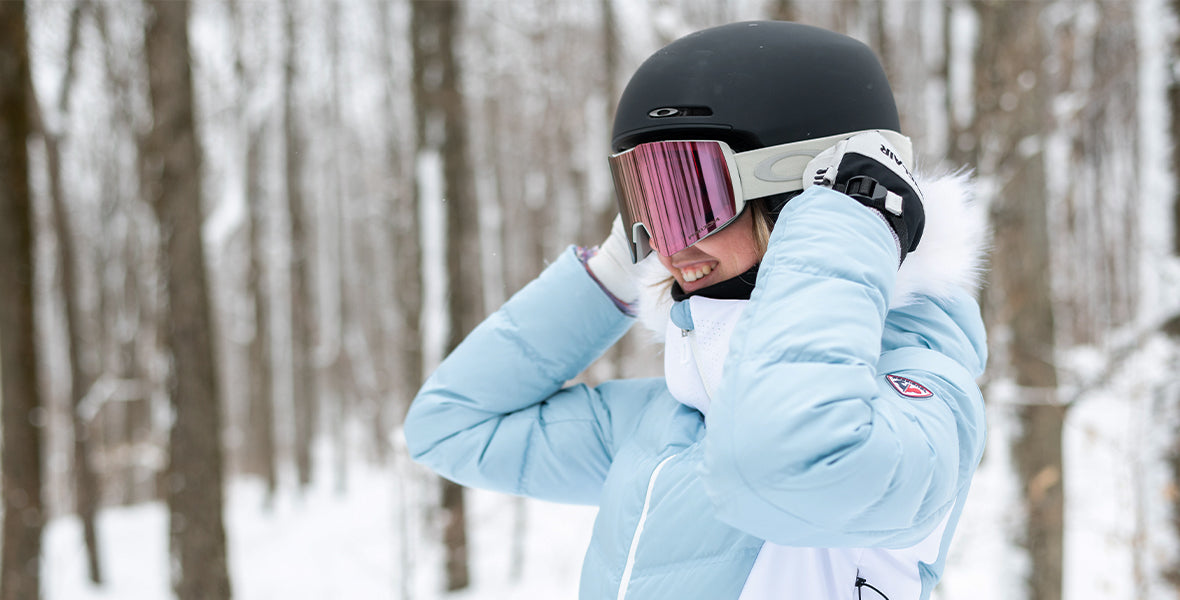
7. La ventilation du casque de ski
La ventilation du casque de ski est très importante afin de bien contrôler sa température corporelle. La plupart des casques présentent un nombre variable de fentes de ventilation, alors que d’autres n’en possèdent pas.
Certains modèles permettent un ajustement de ces trous d’aération, tandis que d’autres n’offrent pas cette possibilité. Si vous avez tendance à dégager beaucoup de chaleur ou à faire du ski de printemps, il est agréable de pouvoir régler l’entrée et la sortie d’air.
8. Quand faut-il remplacer le casque de ski alpin?
Aucune norme n’est établie pour la durée de vie d’un casque de ski. Toutefois, il est recommandé de le changer aux cinq ans, selon la fréquence d’utilisation. La mousse EPS, qui a pour mission d’absorber les impacts, s’use avec les années, ce qui la rend moins performante.
Une chose est claire : dès que vous faites une chute entraînant un choc à la tête, le casque doit être changé, même si vous ne voyez aucune trace de l’impact.
En bref, lorsque vous choisissez un casque, il est crucial d’avoir la bonne taille, mais aussi d’être confortable afin de profiter de la montagne au maximum - en toute sécurité!
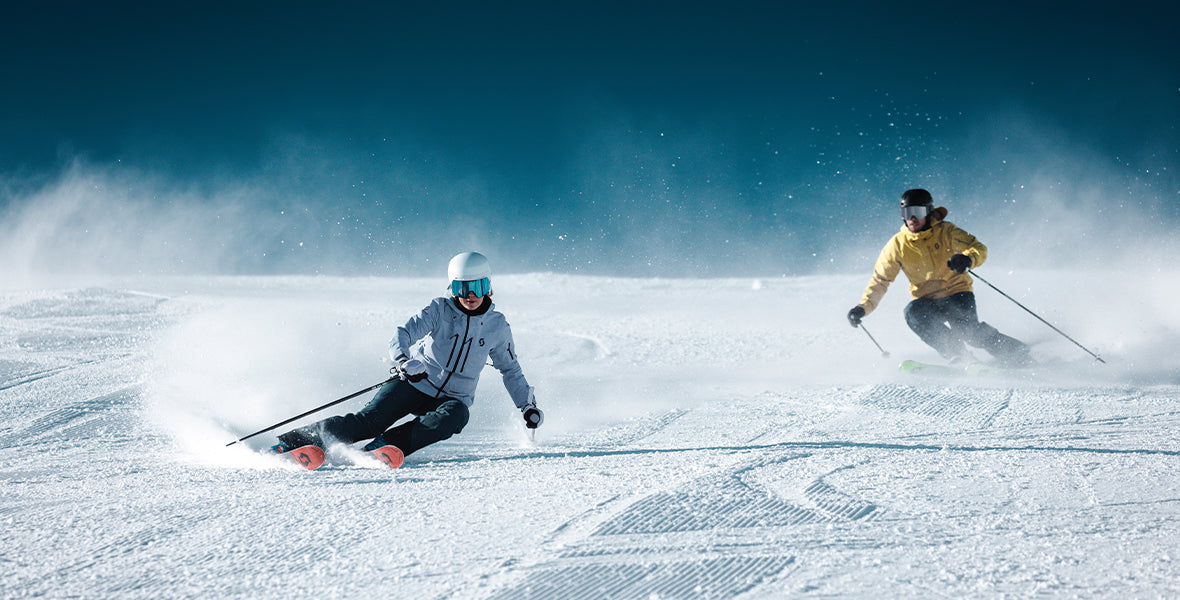
Un petit truc pour l’essai d’un nouveau casque
Apportez vos lunettes de ski lorsque vous magasinez votre nouveau casque. Certains modèles de casques et lunettes de ski ne sont pas compatibles selon la forme de chacun. L’idéal est que la partie supérieure des lunettes et le casque ne laissent aucun espace entre les deux.



